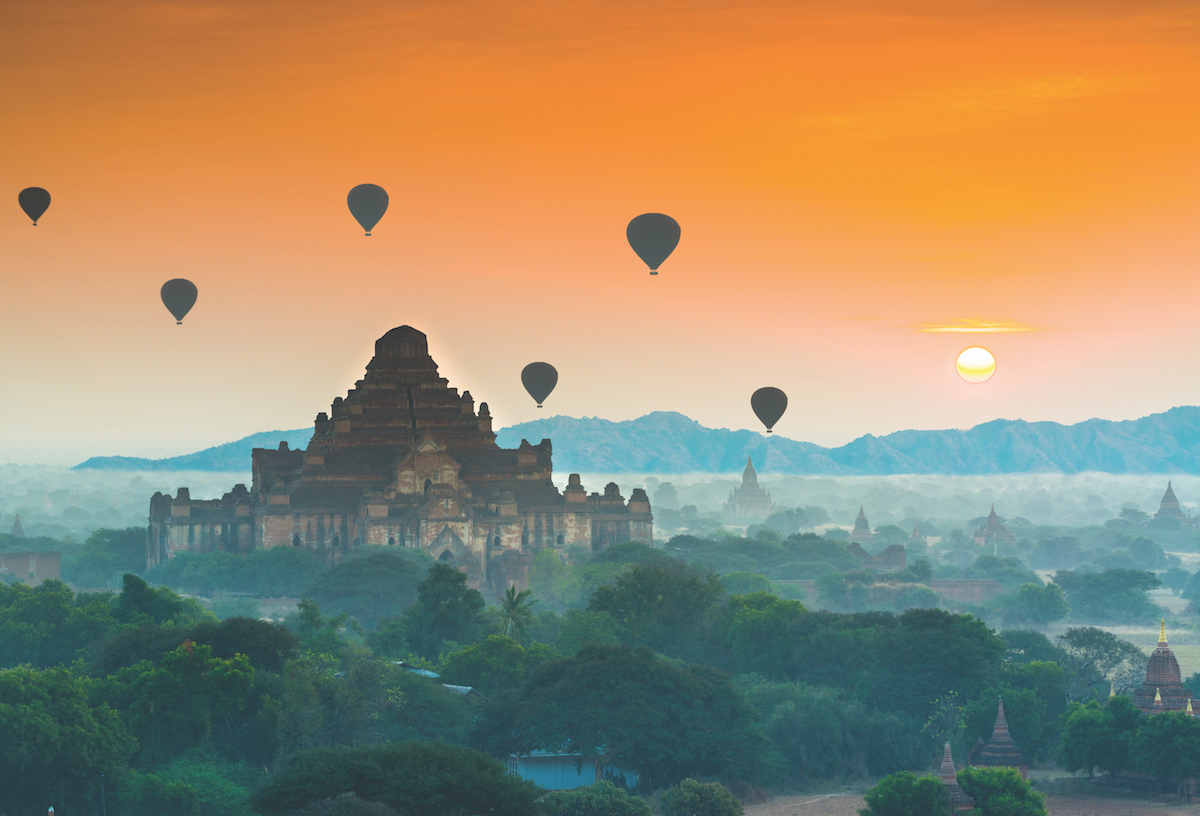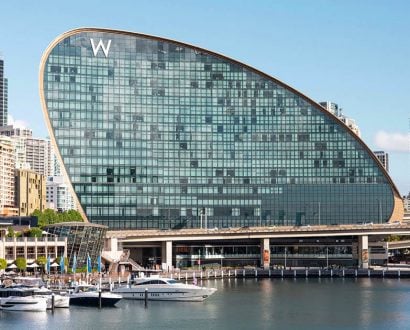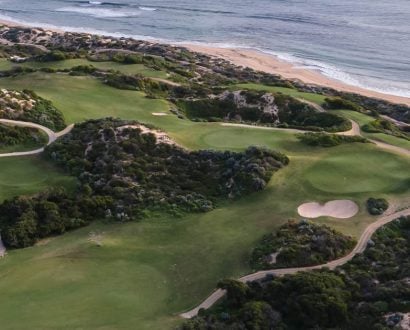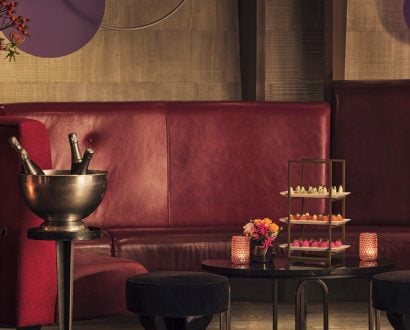Waist-deep in rushing water, I’m laughing uncontrollably as I try to gain my footing on the riverbed below while scrubbing behind the ears of a ‘retired’ 47-year-old female elephant named Yu Moe Yin. Her skin is tough and leathery, but her eyes are kind, and she sinks deeper into the water, letting it cool her down in the heat of the midday sun.
This incredible experience would have been unthinkable a decade ago when Myanmar was closed to tourism and international sanctions were still in place. But with the ‘Saffron Revolution’ of 2007, and the first democratic elections in 2010, this Buddhist country, which is full to the brim with temples, monks and enterprising locals, has opened itself up to tourists and investment alike.
Being secure and thinking social
While there are security concerns in small pockets of the country, most of the state is developing at a rapid pace, and most tourist areas are safe for travellers. As we embarked on our two-week holiday, we knew we wanted to experience the best Myanmar had to offer as well as get off the beaten track.
Also, as much as possible, we wanted to support the local Burmese people.The social enterprise scene has expanded dramatically in Myanmar in recent years – a social enterprise being a business with a primarily social objective that reinvests its profits for that purpose – and we encountered inspiring people and innovative and exciting enterprises across the country.
City of gold
Pablo Neruda described Yangon (then Rangoon) as “a city of blood, dreams and gold”, and the minute we see the gilded masterpiece that is the Shwedagon Paya (Pagoda) on our drive to our hotel we certainly get the gold part.
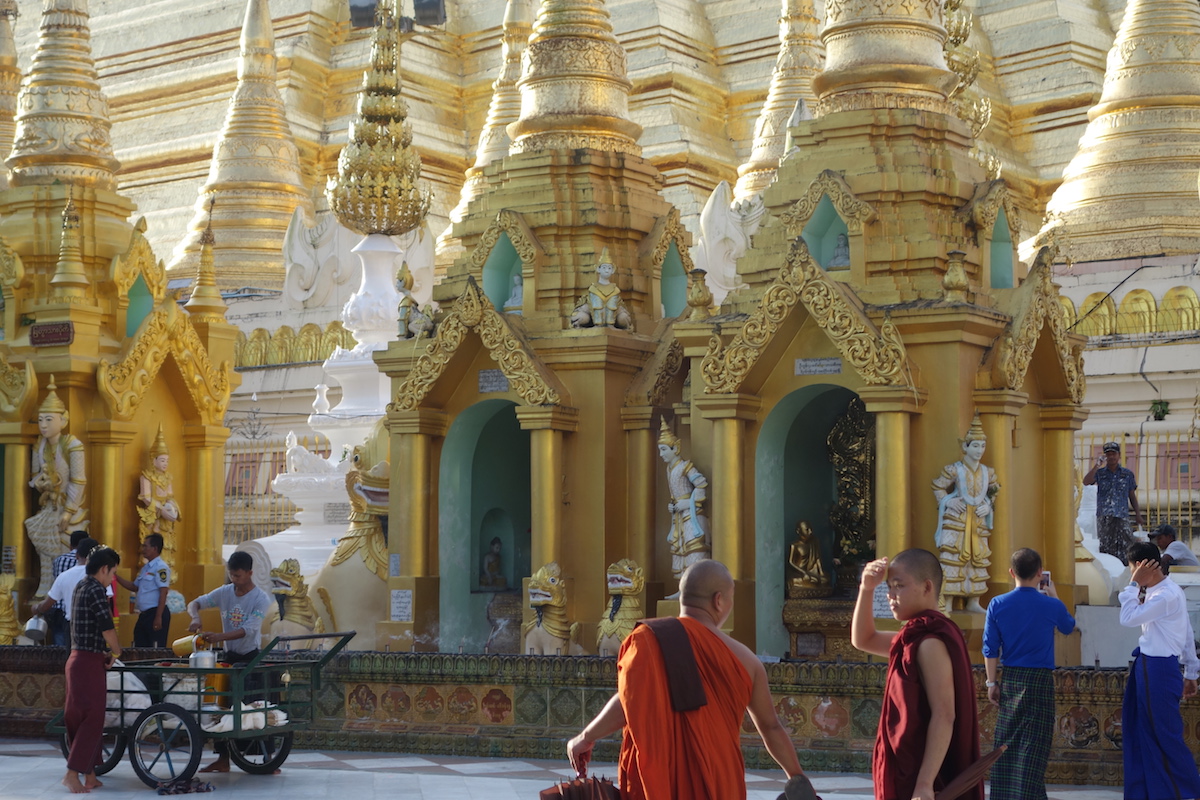
Dominating the city skyline, the enormous Shwedagon is a stunning devotion to Buddhism, and on the must-see list for all tourists. The next day, barefoot and hot, we walk around with our guide in awe of the complex of temples and stupas adorned with 27 metric tons of gold leaf and thousands of diamonds and gems.
A long day of sightseeing in high humidity calls for a cocktail, and there is no better place to relax in style than Sarkies Bar at the 5-star The Strand hotel.
Opened in 1901 by the Sarkies brothers, who also built the famed Raffles Hotel in Singapore, it is the height of luxury in the city; we enjoyed barrel-aged cocktails in the bar frequented by Rudyard Kipling and Orson Welles.
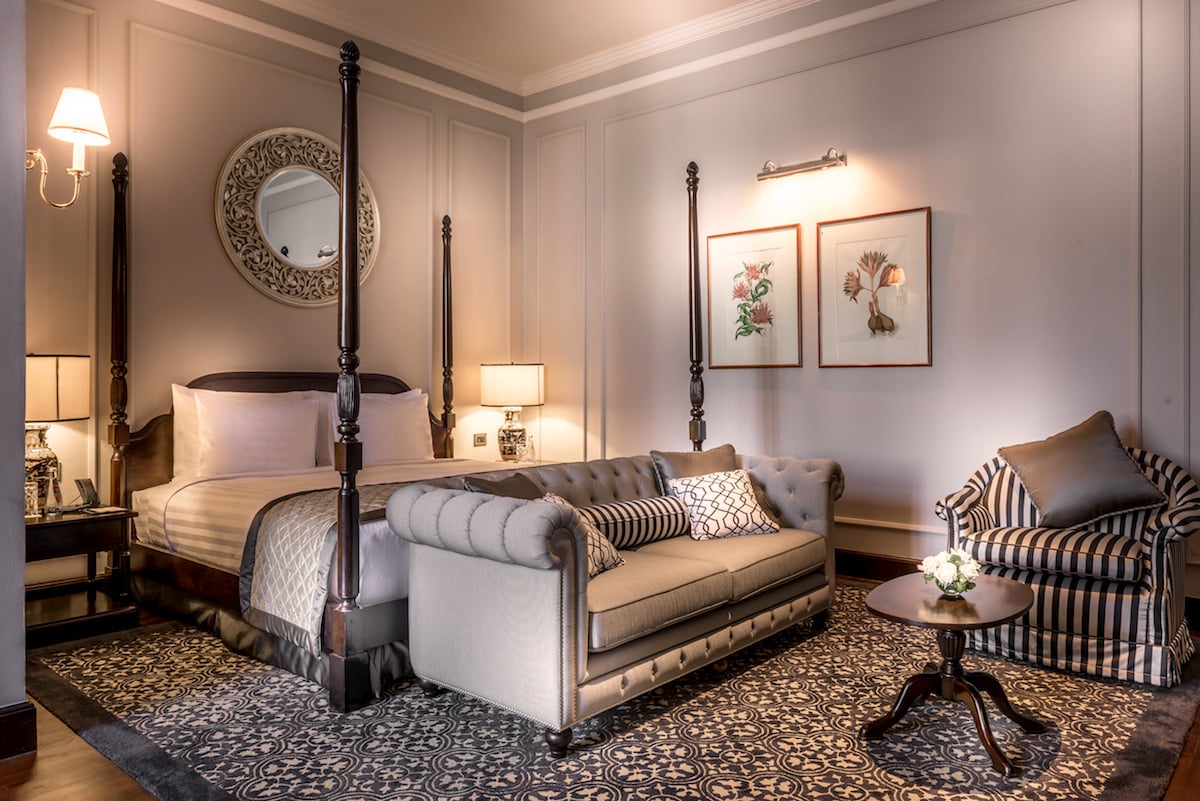
You might also want to visit the elegantly decorated restaurant across the lobby, headed up by celebrated Italian chef Christian Martena.
‘End of Strife’
Around the corner from The Strand is Pansodan Street, where banks and government ministries still occupy majestic, colonnaded buildings, most of which have seen better days. This grand boulevard in Yangon, literally ‘End of Strife’, was once the centre of British Burma – the crumbling colonial architecture still evokes awe and hides some hidden gems.
One such treasure is the contemporary and light-filled space that houses Hla Day. Meaning ‘beautiful’ in Burmese, the social enterprise works with Myanmar artisans, disadvantaged groups and small local businesses to design, develop and sell quality handmade products with a modern twist.
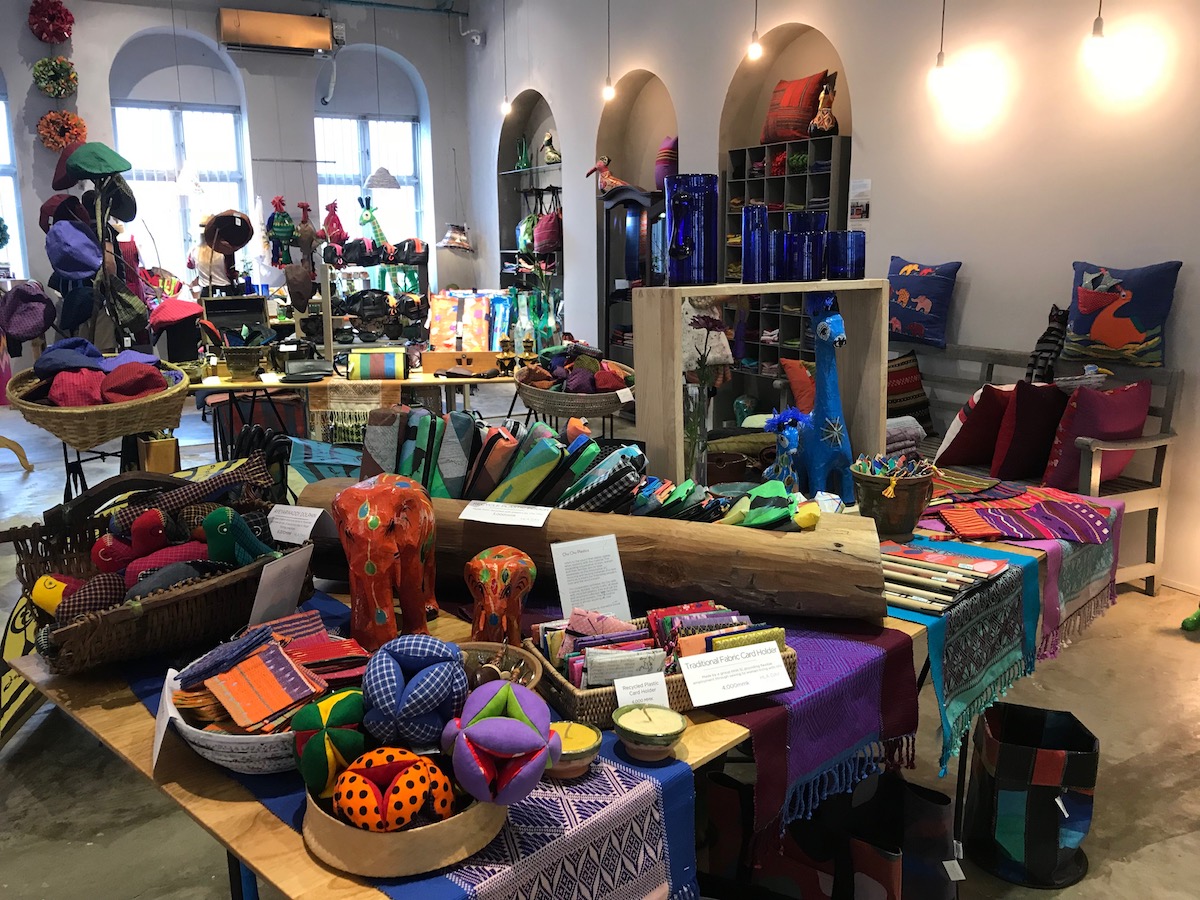
Collections of all types – glassware, bedding, wallets and bags – are carefully curated by colour and displayed with dazzling effect.
While we will visit other wonderful social enterprise stores on our trip, Hla Day is unique for the sophisticated shopping experience it provides. I walk away with a handwoven bag for my yoga mat, beautiful oven mitts and handmade cards – my partner steers me to the door as I eye off more purchases.
Tripping over temples
Site of the first Burmese kingdom, more than 3,000 magnificent temples, pagodas, and stupas rise towards the orange sky from the flat plains of Bagan. We chose to follow our guide to some lesser-known temples by bike, and were in a continual state of wonderment (and slight exhaustion) at what we saw and learned.
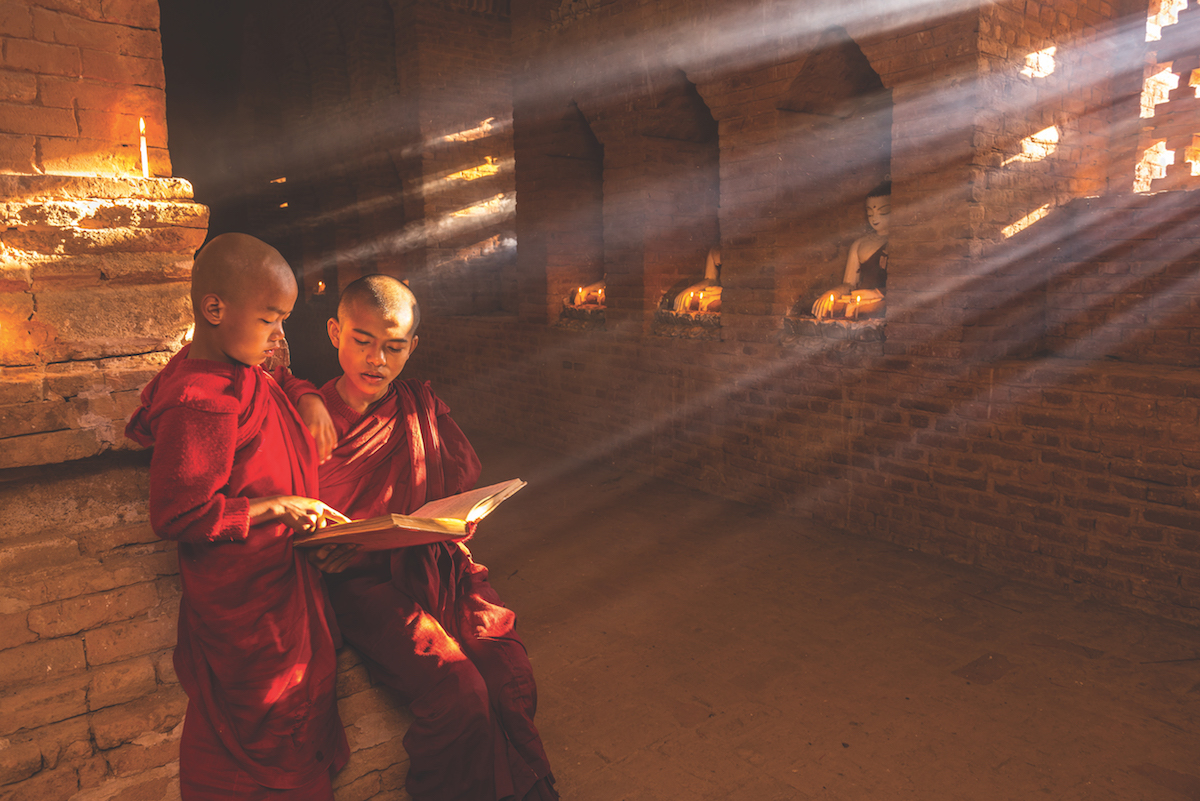
Described by Marco Polo as “one of the finest sights in the world”, this ancient city full of red brick and stucco structures will transport you to another time, and though often passed over for a visit to Mandalay, is well worth the trip. Temples where you can see the sunrise and sunset are the most popular, though many travellers choose to view this incredible site from above via a hot-air balloon ride.
Best of Bagan
After a day-long bike ride, or an evening balloon trip, you will want to visit Bagan’s number one restaurant – Sanon. A social enterprise training restaurant for marginalised youth, our meal here was easily the best of the trip.
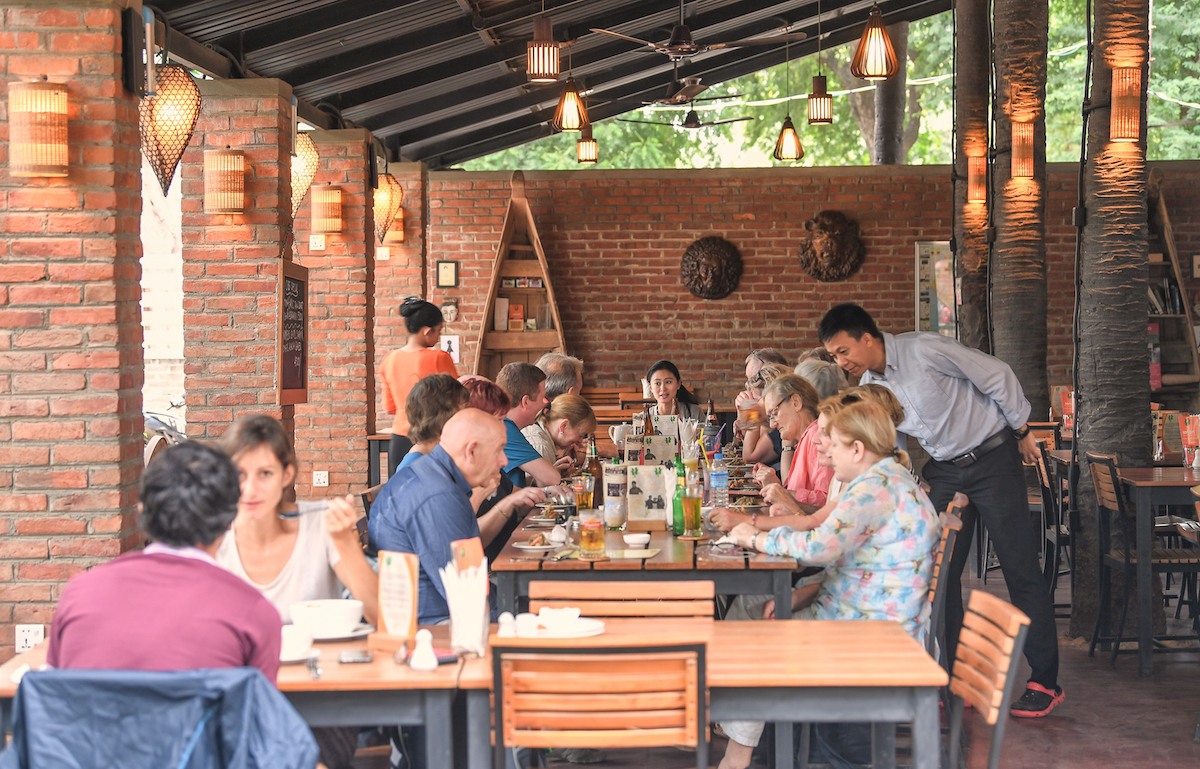
Opened only a year ago, it has already risen to top position on TripAdvisor, and its first batch of graduates are already employed. Housed in an open-air pavilion, a welcome breeze and incredibly friendly staff greet you as you arrive.
The atmosphere is lovely and the students incredibly attentive and well trained; but what sets this restaurant apart is that the food is genuinely delicious. The soft-shell crab starter with a tangy papaya salad is cooked to perfection, and the fish and prawn curry
has wonderfully complex and tasty flavours. This meal alone is worth a return trip to Myanmar.
Hills of Kalaw
We take a two-hour taxi ride to Kalaw, and along the way watch everyday Burmese life unfold. A few horse-drawn carriages are used to ferry tourists in some areas, but far more are used to transport goods.
Our taxi regularly slows down for large herds of white cattle making their way down the road, and monks wait patiently at bus stops. The authenticity rings true here: traditional ways of living are not put on display for tourist dollars – this is real life.
Traditional ways of living are not put on display for tourist dollars. This is real life.
Bursting with faux-Tudor architecture, the town of Kalaw was founded as a hill station by the British to be a retreat from the heat of Yangon. Today, the number one reason for travellers to stop by is to visit the Green Hill Valley Elephant Camp.

It is not an exaggeration to say that we are in Myanmar for just this experience. My animal-obsessed partner was delighted to discover that this ‘retirement home’ for elephants was a sanctuary, and not a place where the elephants were forced to perform tricks for tourists or give them rides.
Privately owned, 100% of profits from this social enterprise go back into taking care of the elephants, and community projects such as tree replanting and sustainability education for local children.
Bathing gentle giants
In our small group of four, we approach the first group of elephants with our hands full of pumpkin and wheatgerm. Their trunks hungrily reach for the food, and we gradually learn how to feed them directly into their mouths – their large pink tongues swallowing the food whole.
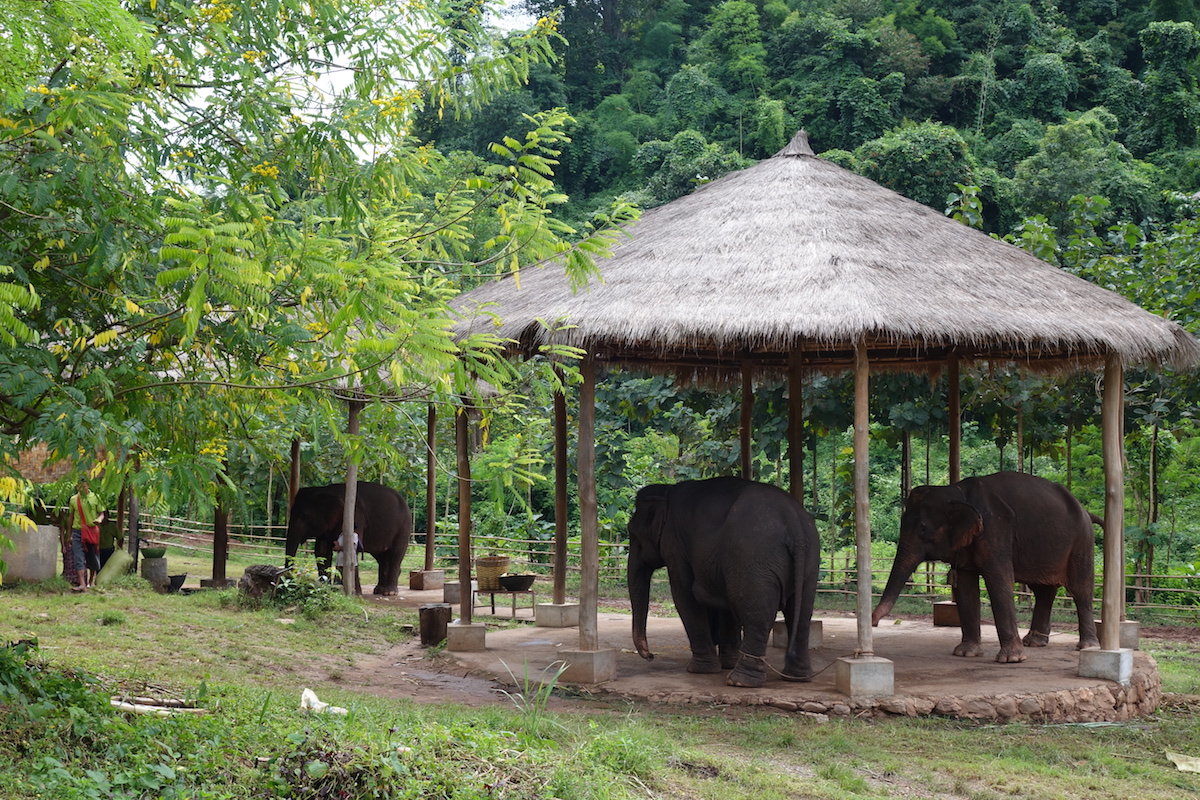
Elephants eat 6% to 12% of their body weight, up to 180 kilograms of food a day, and we hang out for a few hours making sure we don’t play favourites and all get their turn.
Feeding time is not limited, but we are looking forward to having a ‘bath’ with our new friends.
Elephants don’t have sweat glands, so they must bathe multiple times a day to keep cool, and we wade in with them. Being this close, looking into the gentle eyes of this beautiful creature, I am taken aback at how lucky we are; how rare and beautiful this experience is.
Myanmar is a unique and wondrous place that is much more than why it makes it into the international news headlines. It is not perfect, but whether you travel by boat, road or hot-air balloon, you won’t regret a visit to this golden land.

